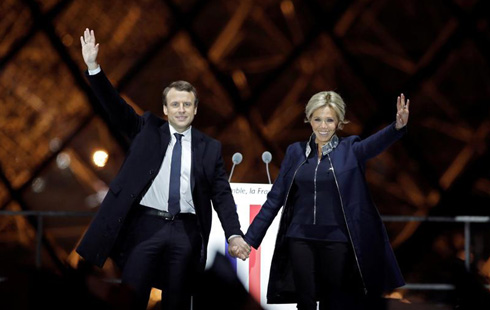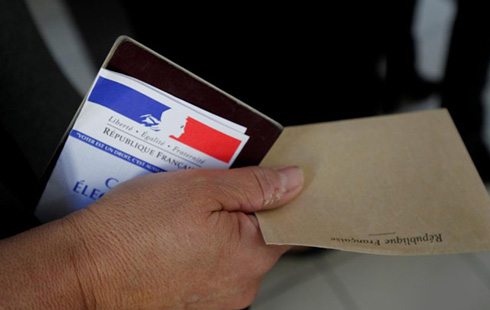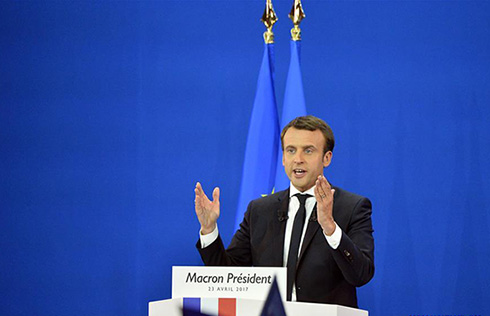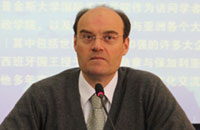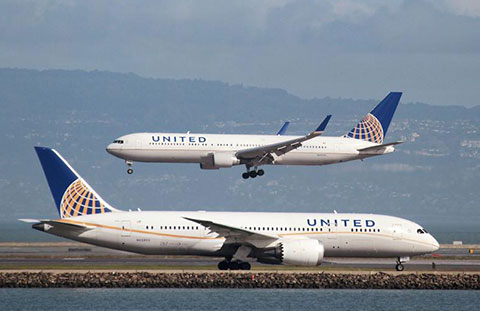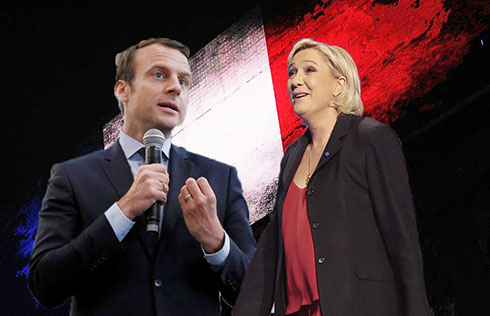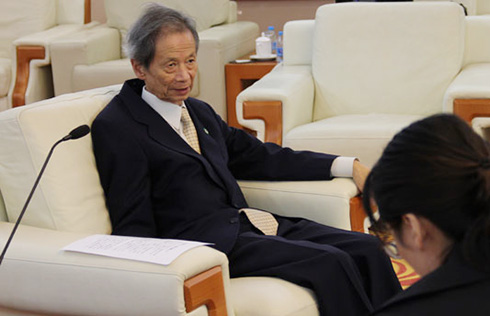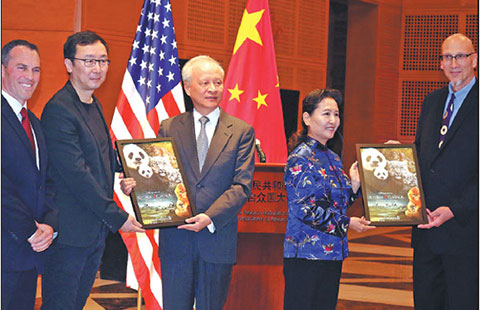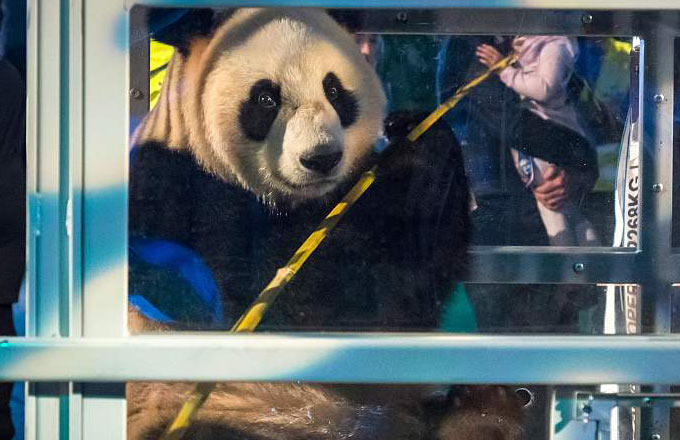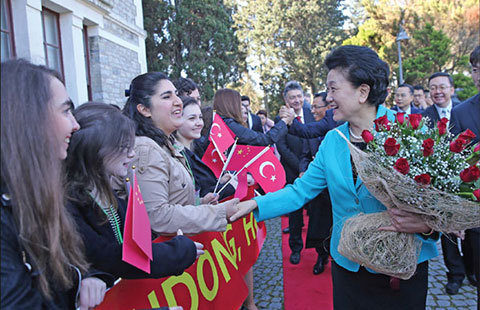The Korean nuclear issue: Past, present, and future – A Chinese perspective
From Three-Party Talks to Six- Party Talks
China had managed to bring the parties back to the negotiating table. From April 2003 to October 2007, China hosted one round of Three-Party Talks together with representatives from the U.S. and North Korea, and six rounds of Six-Party Talks adding representatives from South Korea, Japan, and Russia. The path was never straight- forward, but with negotiations continuing, the Korean nuclear situation was kept under control.
The Six-Party Talks produced three documents, including the September 19 Joint Statement (in 2005), the February 13 Joint Document (in 2007), and the October 3 Joint Document (also in 2007)—laying an important political basis for peacefully resolving the Korean nuclear issue through dialogue and negotiation. Regrettably, however, these agreements, which brought about hope for removing the nuclear problem from the Peninsula, were never implemented. The following section will describe how the talks went and how they were disrupted and broke down from time to time, resulting in spiraling tensions.
The Three-Party Talks
China, North Korea, and the U.S. held talks in Beijing on April 23-25, 2003. As the director-general of the Asian Department of the Chinese Foreign Ministry, I led the Chinese delegation. The North Korean team was led by Ri Gun, deputy director of the American Affairs Department of the Foreign Ministry. The American team was led by James Kelly, assistant secretary of state. But the talks deadlocked even before they formally began. According to the U.S. side, President George W. Bush prohibited any member of the U.S. delegation from engaging in any form of a bilateral meeting with the North Korean delegation.
The North Korean side wanted to talk with the U.S. delegation, alone. During a banquet hosted by China on the eve of the talks, the North Korean negotiator Ri Gun left his seat and approached
James Kelly, sitting on the other side of a round table, and told him bluntly that North Korea had already conducted reprocessing of spent fuel rods. Kelly turned to me looking upset, and even angry, and told me what Ri said. He said that he needed to call Washington for instructions. The next morning the U.S. delegation stated that it would attend the talks only when China was present and that it would not have any separate meeting with the North Korean delegation even under the three-party framework. The DPRK delegation reacted by refusing to attend the talks. After repeated and hard persuasion, China managed to keep the North Korean delegation involved in the talks. But in reality, the so-called Three-Party Talks were no more than separate talks between the Chinese and North Korean delegations, and the Chinese and U.S. delegations.
The attempt to hold the Three-Party Talks was not easy and the result was far from satisfactory. But the fact that North Korea and the U.S. were back to the negotiating table sent the right signals, and the international community saw this as a sign of hope for a diplomatic solution. Tensions started to calm down. North Korea submitted a package plan to give up nuclear development and missile testing in exchange for economic assistance and security guarantees by the U.S., Japan, and South Korea. This plan reflected North Korea's basic thinking and served as the foundation of North Korea's proposals in subsequent rounds of talks.
The Three-Party Talks attracted keen attention from South Korea and Japan, and the U.S. re- quested the expansion of the talks to include its two allies. While China had no problem including South Korea and Japan, it also wanted to bring in Russia, who also had a stake in the issue. There was also growing international interest in the talks. China continued quiet diplomatic efforts to mediate among the parties, traveling and listening widely. North Korea's attitude toward the nuclear issue had been quite consistent. That is, it could no longer trust the U.S., and, in the face of hostile American policy, it needed to develop nuclear weapons to guarantee its own security. China resolutely opposed North Korea's nuclear path. But at the same time, China expressed understanding of North Korea's security concerns and supported multilateral talks for a peaceful settlement. Understanding the seriousness but also the delicate nature of the situation, China was also willing to take up responsibility for arranging and hosting more talks. Since the collapse of the USSR, China had become North Korea's most important partner and donor country.
North Korea also recognized that it needed China's cooperation and should respect this friendly neighbor's opinion, and therefore could not easily say no to China's proposal for dialogue. The Bush administration's position was to maintain the military option and base its action on how North Korea behaved in the negotiations. China, while transmitting to the U.S. the opinions of North Korea, also expressed its own clear-cut position: It would oppose any attempt at resorting to military means and instead supported negotiations to find compromise and a peaceful resolution to the nuclear issue.
It was clear that both the U.S. and North Korea had entered the talks with dual tactics: the U.S. could talk but would attack if the talks did not work; North Korea wanted to talk and get results, but would otherwise develop nuclear weaponry to protect itself from a possible attack. China's strategy was to make every effort to promote negotiations while resolutely cutting off any disruptive attempts made by the other two parties.
I remember during one visit to Washington, the U.S. side stated: "We agree to talk, but the military option is also on the table." The Chinese side disagreed with this and argued that if the U.S. insisted on keeping the military option, North Korea would also keep the nuclear option. In a later meeting in Washington, the U.S. told us that the wording had been adjusted to "The military option is not off the table." It was quite hard to see the difference between the two versions, especially for non-English speakers, but the American side insisted that these were the president's words. I jokingly asked an American colleague: if the military option "is not off the table" and not necessarily on the table, then where could it be? And he said that one could only use one's imagination. When I conveyed this sentence to my North Korean counterpart Ri Gun, he looked at me, eyes wide open, and asked, "Then where is it now?"
In July 2003, Dai Bingguo, who was then the vice foreign minister of China and who had a long association with the North Koreans, visited North Korea after visiting Washington, where he had already received a U.S. commitment not only to restart the talks but also to include the six par- ties. After lengthy meetings with senior officials in Pyongyang, Dai met Kim Jong-il, who finally agreed. He said: "Since the Chinese comrades said we should attend the talks, then let's give it another try."
After the visit, the U.S. agreed to send a delegation to Beijing for talks as soon as possible. Formality-wise, the U.S. wished that South Korea and Japan could also join in and did not oppose
China's suggestion of bringing in Russia. The U.S. could also agree to hold another round of the Three-Party Talks if North Korea so wished, but those negotiations should be followed immediately by the Six-Party Talks. The Chinese passed the American side's proposal to the North Korean side, which quickly responded that it had no problem with enlarging the talks and suggested that we directly enter into the six-party format.
However, the sensitive nature of the Korean nuclear issue and the sharply opposed positions of North Korea and the U.S. made the specific arrangement of the meetings very difficult. Even the seating plan and meeting arrangements became problems. The Fangfeiyuan Hall at the Diaoyutai State Guest House was chosen as the venue. As the six delegations could not be arranged to sit on two sides of a long table given their delicate relationships, we needed a big hall to arrange the tables into a hexagon, so that each delegation would have its own side of the table.
The most delicate part was how to arrange separate meetings between the North Korean and U.S. delegations. North Korea attached great importance to bilateral contact with the U.S. and its stated condition was that the two delegations must talk separately in a private place. For the U.S., the condition was that the two delegations should not meet "in a separate room," and that the meeting could be held only when the other delegations were present "under the same roof." We finally came up with the idea of setting up some private space for tea breaks at the far corners of the hall, with screens, sofas, and green plants as partitions. One of the corners was specially
reserved for potential direct dialogue between the North Korean and U.S. delegations.
Diplomats from the North Korean and the U.S. embassies in Beijing came to see the venue on separate occasions and both gave their approval, thus removing the final barrier. In fact, during the later Six-Party Talks, the U.S.-DPRK dialogues went so deep and became so important that they voluntarily moved the bilateral meetings into a separate room.








